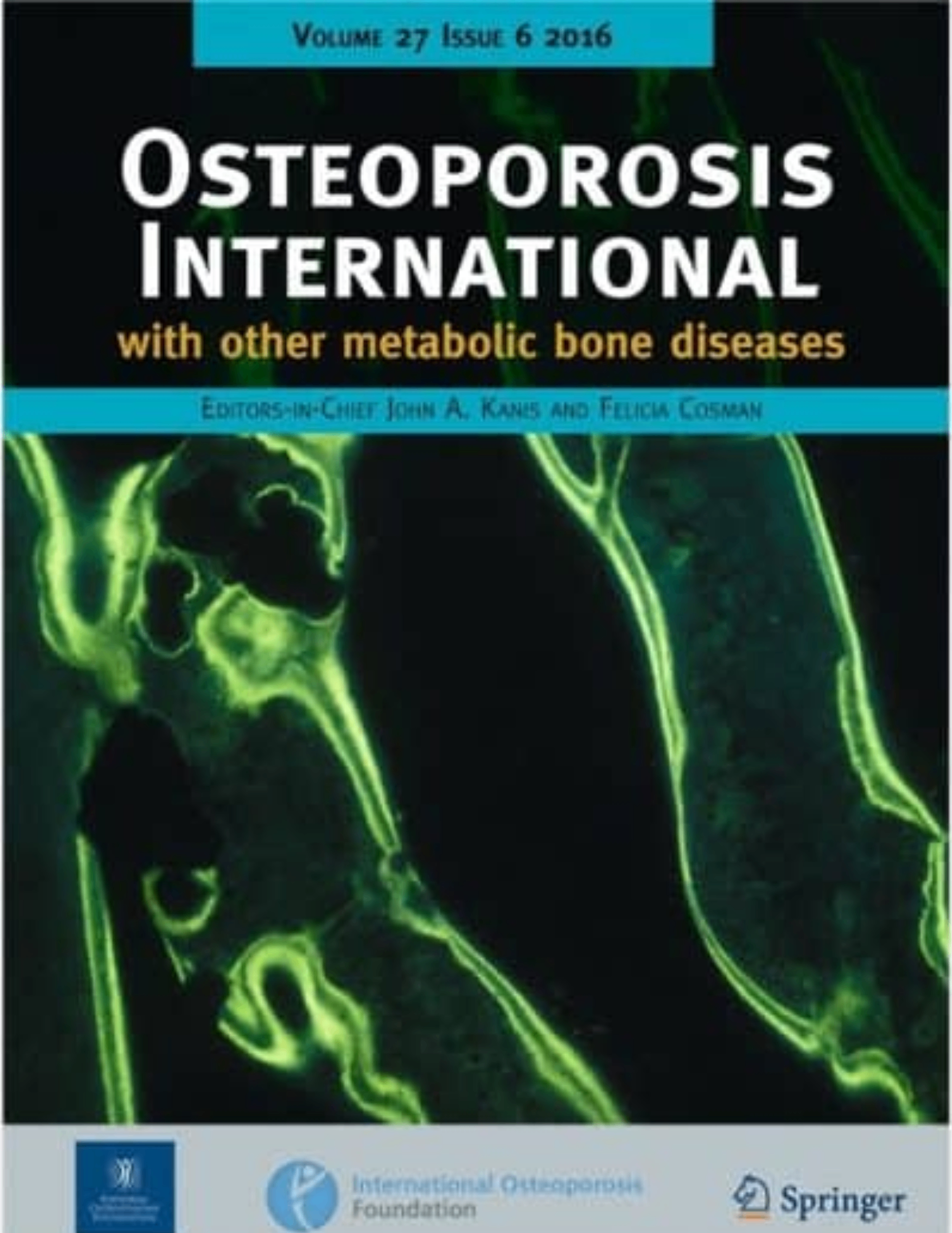
Better clinicoradiological results at 3 years with SpineJack vertebral augmentation vs BPK for VCFs

Better clinicoradiological results at 3 years with SpineJack vertebral augmentation vs BPK for VCFs
Long-term safety and clinical performance of kyphoplasty and SpineJack(R) procedures in the treatment of osteoporotic vertebral compression fractures: a pilot, monocentric, investigator-initiated study
Osteoporos Int. 2019 Mar;30(3):637-645. doi: 10.1007/s00198-018-4773-5Synopsis
30 patients with 1-2 osteoporotic vertebral compression fractures were randomized to vertebral augmentation surgery with either the SpineJack® implant or balloon kyphoplasty with the KyphX Xpander® implant. The purpose of the current study was to determine and compare 3-year outcome between groups. Clinical scores of visual analog pain scale and Oswestry Disability Index significantly favoured the...
To view the full content, login to your account,
or start your 30-day FREE Trial today.
FREE TRIAL
LOGIN
Forgot Password?
Explore some of our unlocked ACE Reports below!

Learn about our AI Driven
High Impact Search Feature
Our AI driven High Impact metric calculates the impact an article will have by considering both the publishing journal and the content of the article itself. Built using the latest advances in natural language processing, OE High Impact predicts an article’s future number of citations better than impact factor alone.
Continue



 LOGIN
LOGIN

Join the Conversation
Please Login or Join to leave comments.